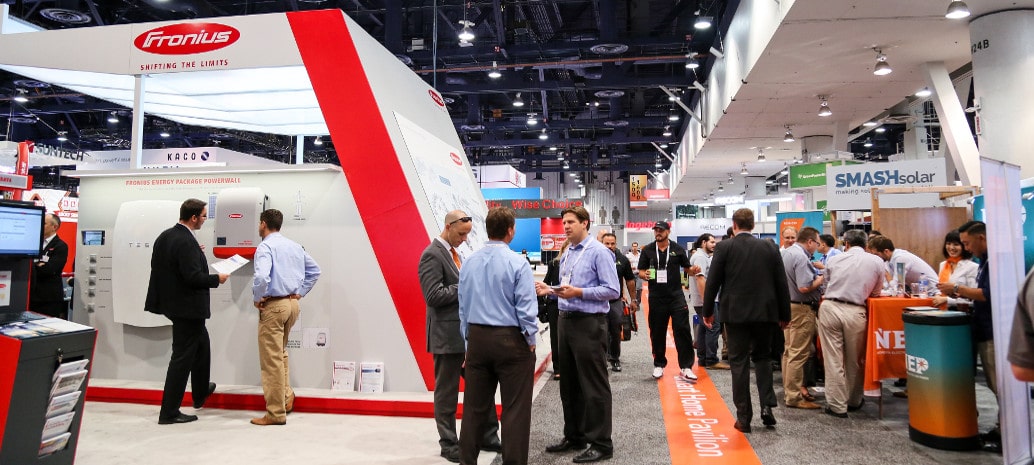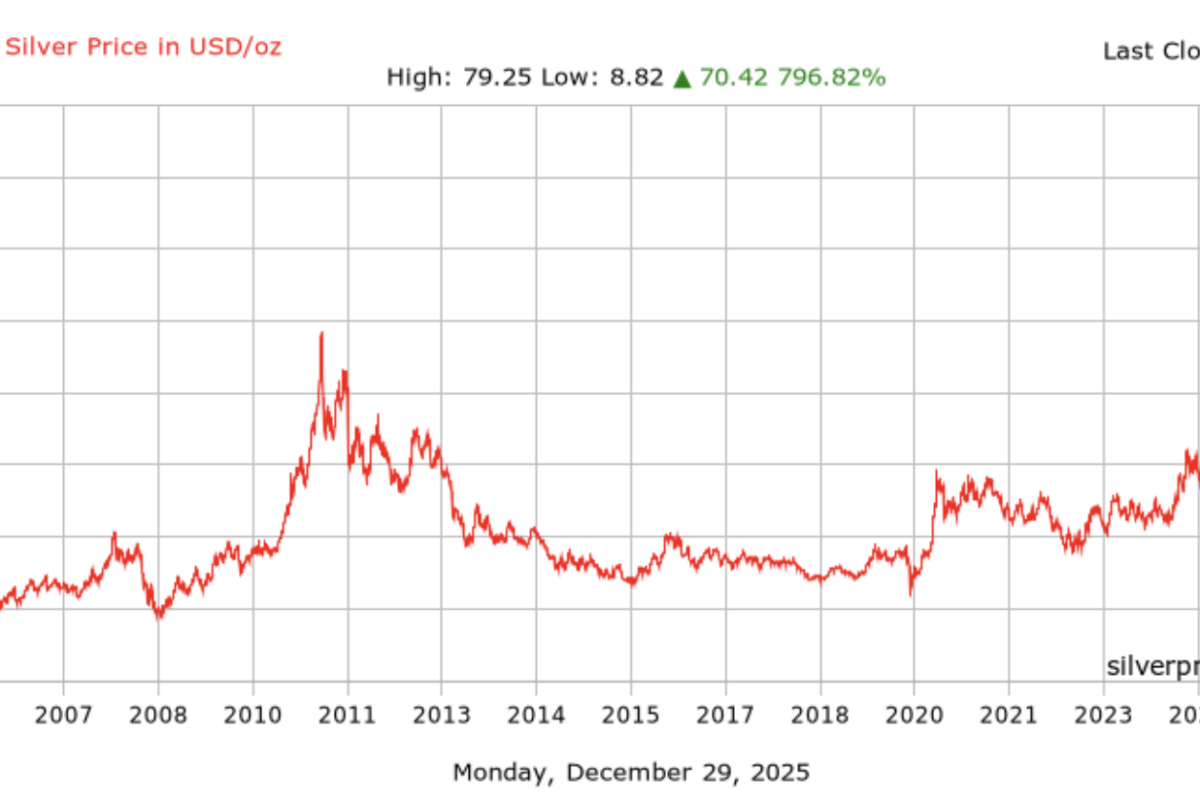With the federal Investment Tax Credit (ITC) originally intended to expire at the end of this year, the fact that 2016 was going to be a big market for solar was established years ago. And with the surprise extension of the ITC, now instead of 2016 being the party before the end, it is instead the beginning of a long boom.
However, this surprise extension also has had unforeseen impacts, including 4-6 GW of utility-scale projects being pushed back to 2016 or beyond. The result is strong but uneven growth, with major market analysts admitting that trying to pin a number on the final capacity to be installed this year is shooting at a moving target.
These macro market trends, meeting with the ongoing evolution of technology and applications for solar, were all felt at this years’ Solar Power International (SPI) trade show. The show attracted over 18,000 attendees, a 20% increase from the previous year, and a strong optimism was evident in the crowds that rushed in when the show floor opened each morning.
pv magazine USA brings you our five top takeaways from SPI 2016.
1) Module price collapse
The most evident and disturbing trend observed on the show floor is that PV module prices are already in the basement, and collapsing. Rumor were circulating of sub- $0.40 per watt module prices, with no end in sight as China’s H2 market slump drives suppliers to clear massive inventories that are building up.
The solar industry has seen such overcapacity-driven price collapses before, with devastating effects for European and U.S. PV manufacturing starting in 2012. Eventually these falling prices drove increased deployment in some markets; however this time contract prices are already so low and module prices are such a small part of overall system costs that this is expected to have limited effects – other than another thinning of the ranks of producers.
2) Move up to 1500 volts
The move up to 1500 V PV systems for cost reduction is inevitable for many new installations – especially utility-scale – and there now are plenty of component providers with UL certified offerings to choose among. A basic more-bang-for-the-buck move, 1500 V systems involve the complete BOS electrical component chain, and leading suppliers like Eaton and Shoals have full suites now available, as do an army of Chinese manufacturers, including those that showed at SPI 2016. GTM Research has estimated that 1500 V systems can cut BOS costs by five cents per watt, which could be critical for a utility-scale plant.
3) C&I wholistic energy management
Wholistic energy management for commercial buildings, if not also industrial clients, will be a growing approach to the C&I PV market segment. Adding storage, smart usage controls, LED lighting, thermal PV capabilities for hot water, and energy sales capabilities within the utility interface, all will help drive C&I customers to PV. One LED manufacturer, SCS Energy, recently locked up a broad energy conservation contract with Tulane University that will begin with LED lighting, but may expand to include traditional PV and other options like BIPV, a company official noted at SPI.
4) From racking to tracking
A key development in the tracker market is the recent flourish of vertical integration moves by racking companies into the booming tracker space. Some companies like SunLink, initially a racking company that purchased a tracker maker a few years ago, have had time to redesign their offerings and perform ample field testing, a luxury more recent market entrants don’t have.
Other companies that offer racking with more broadly based non-PV business lines, like Magna — part of the global auto parts conglomerate, have developed a tracker on their own, and now have access to local production facilities around the world, especially in protected markets like Brazil and South Africa. NexTracker’s strategic tie-up with Flex was only the beginning of tracker integration into other non-PV global business models, one route for PV to become part of the mainstream manufacturing economy.
5) Chinese presence
A final trend observed on the trade show floor was an increased number of Chinese companies, which stretched well beyond the Tier 1 module makers and the big inverter makers which attend all major U.S. trade shows to companies involved in a wider range of activities along the value chain. This year there were at least three trade delegations to SPI organized in China, and over 1,000 of the 17,000+ attendees were from China.
The increased Chinese presence doubtlessly reflects on market circumstances in China, and it also shows that Chinese companies are expanding up and down the value chain. This is supported by several discrete circumstances, such as the shutting off of the nation’s polysilicon market to Western companies, and the increased technical sophistication of Chinese companies in everything from laser making to mounting and racking solutions.
Epilogue: Quality and reliability
At this time of increased price pressure and international competition the issues of quality and reliability are more important than ever for the solar industry. As part of our presence at the SPI 2016 trade show pv magazine held a Quality Roundtable to investigate issues of quality and reliability in pv projects, which was attended by more than 60 solar industry professionals.
This is pv magazine’s 4th such roundtable, however it was our first in the United States. For coverage of this Quality Roundtable as well as pv magazine’s video coverage of the SPI 2016 trade show, please be sure to check the pv magazine global Youtube channel next week.
This content is protected by copyright and may not be reused. If you want to cooperate with us and would like to reuse some of our content, please contact: editors@pv-magazine.com.










Good points, but I thought the talks on the marriage between storage and solar were the most relevant issue, considering the impact on NEM and Demand Response that storage will have.